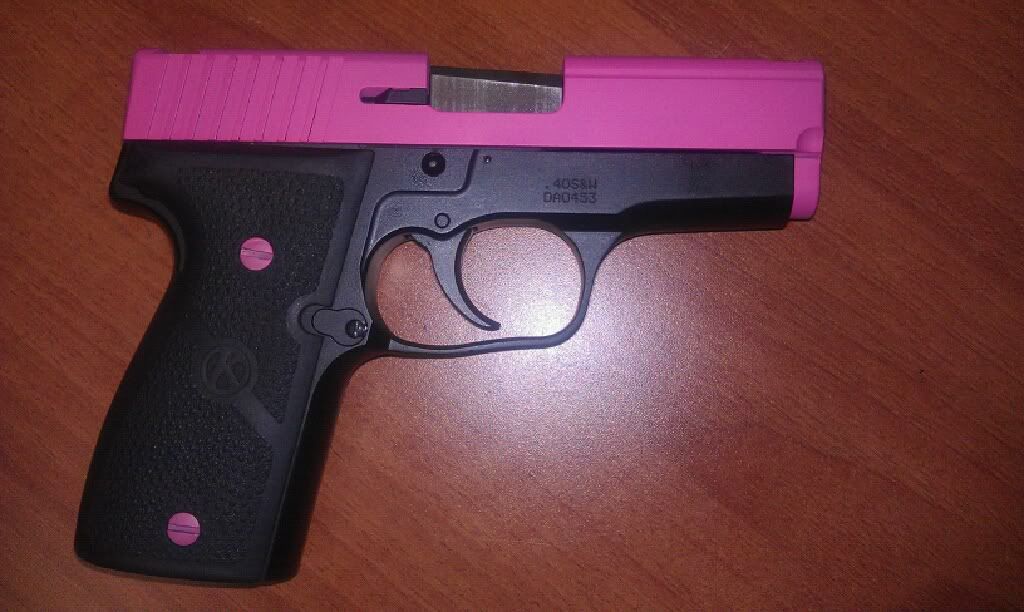I am looking at coating a friend's AR-15 in pink, and have a few question on how all the experts determine whether they can bake parts or not.
Basically, are there any plastics or general pieces of firearms that cannot handle the modified baking lengths of Cerakote? 150-180 degrees for 2 hours. Parts that you come across regularly and just know to treat specially?
My understanding is that a car in a desert climate can easily reach 150 degrees. However I am unsure whether there are parts that fail when being baked with cerakote.
Also what parts do people treat as gently as possible? AKA springs, connectors, and those sort of pieces. Are there sensitive connection parts that require some sensitive handling, or do you just bake them as normal as long as it's not a polymer or plastic part?
Any insight will be very much appreciated, and thanks for your time.
- Brandon
Basically, are there any plastics or general pieces of firearms that cannot handle the modified baking lengths of Cerakote? 150-180 degrees for 2 hours. Parts that you come across regularly and just know to treat specially?
My understanding is that a car in a desert climate can easily reach 150 degrees. However I am unsure whether there are parts that fail when being baked with cerakote.
Also what parts do people treat as gently as possible? AKA springs, connectors, and those sort of pieces. Are there sensitive connection parts that require some sensitive handling, or do you just bake them as normal as long as it's not a polymer or plastic part?
Any insight will be very much appreciated, and thanks for your time.
- Brandon


